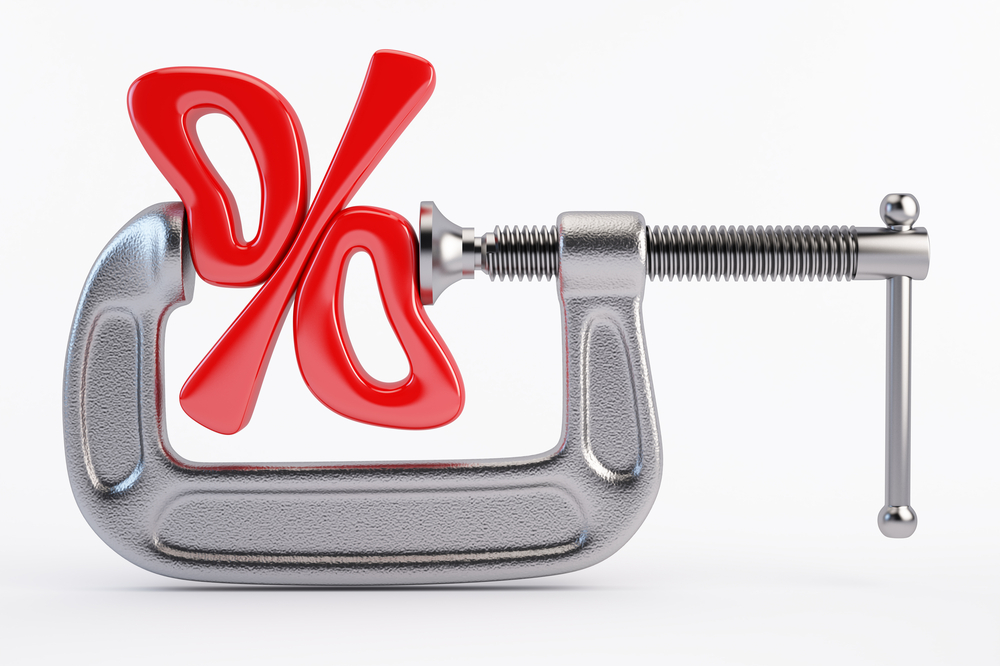Iranian banks still have to pay high interests on their deposits while their income from loan allocations has dropped significantly due to a serious credit crunch, increasing their losses and ruining the balance of their financial statements.
According to the latest report published by Majlis Research Center, the real interest rates garnered from bank deposits stand at 5–15% minus the 10% inflation rate, which is enough to persuade investors to opt for this risk-free investment.
Since last September, the Central Bank of Iran has obligated lenders to operate in accordance with the Money and Credit Council’s directive and cap their interests on one-year deposits at the previously set 15% while paying a maximum interest of 10% to short-term deposits.
CBI took the measure, as banks were oblivious of MCC’s directive and paid up to 24% interest to deposits which, alongside the single-digit inflation rate, considerably raised the interest rates of deposits.
On the other hand, the increasing amount of banks’ non-performing loans due to poor market conditions and their problems in repaying the loans intensified their credit crunch.
The research arm of the Iranian Parliament also emphasized in its report that bank deposits’ high interest rates and their high share of non-sight deposits have had bad consequences for the country’s banking system in the past few years.
The reason is banks’ costs for attracting resources have significantly increased since they have to pay high interests for the attracted resources and their volume has been increasing consistently.
A reason behind the increase in banks’ deposits could be their quick reaction to CBI’s directive, as they offered to change their customers’ short-term investments into long-term ones so they could at least receive higher interest rates for one more year.
According to the latest data published on CBI’s website, the collective volume of liquidity in Iran as of Sept. 22, 2017, reached 13.9 quadrillion rials ($308.8 billion), which indicate a growth of 29.1% compared with the same time of previous year.
This is while the share of non-sight deposits in the country’s liquidity during the aforementioned period reached 87.9% while the figure at the end of the previous fiscal (ended March 20, 2017) stood at 86.9%.
The government’s arrears to banks have been another issue that Iranian lenders have been dealing with for quite some time. The government’s debts to the banking system reached 2.37 quadrillion rials ($52.66 billion) by the end of the current year’s first half, which marks an increase of 8%, year-on-year.
However, the private sector’s debts to banks is significantly bigger than the government’s. The sum exceeded 9.1 quadrillion rials ($202.2 billion) by the end of H1, up by 8%, YOY.
According to the report on Iran’s economic indicators published by CBI, the Iranian government deflated its investments in the banking system.
Companies and organizations affiliated with the government curbed 4.8% of their investments in the banking system and lowered the collective sum to 47.7 trillion rials ($1.06 billion).
The Iranian government closed many of its accounts in the country’s banking system and reduced its investments to 529.9 trillion rials ($11.77 billion).
As mentioned in Majlis Research Center’s report, in the past two years, only a part of banks’ losses was mentioned in their financial statements while a big portion of them was counted as their assets.


